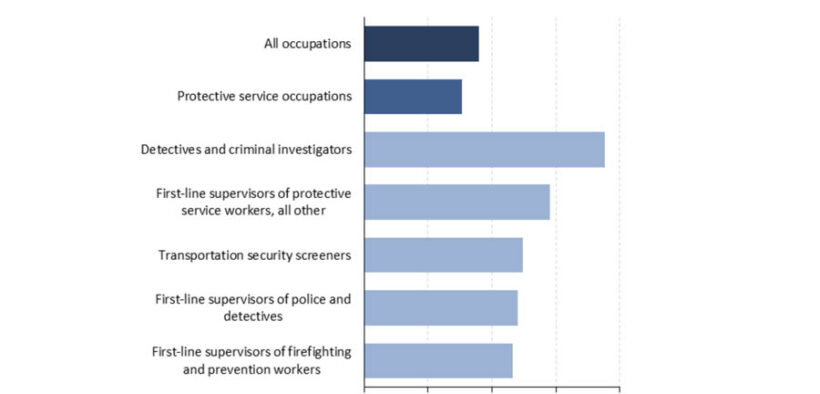San Juan Metro wages rise, but still trail US average by wide margin

Health care, tech and finance sectors saw wage gains in 2024, but service jobs in Puerto Rico continue to lag.
Wages in the San Juan-Bayamón-Caguas metropolitan area continued to climb in 2024, led by gains in health care and technology-related occupations, according to the latest Occupational Employment and Wage Statistics report from the U.S. Bureau of Labor Statistics.
However, the capital region still lags significantly behind the national average.
In May 2024, workers in the metro area earned an average hourly wage of $17.98, well below the U.S. average of $32.66. Despite this gap, several industries posted gains and show potential for continued growth.
Health care practitioners and technical occupations reported an average hourly wage of $25.50, placing the sector among the region’s highest earners. Registered nurses earned an average of $28.75 per hour, reflecting continued demand for medical professionals. These increases align with broader efforts to retain skilled workers and improve the island’s health care infrastructure.
The technology sector also posted competitive earnings. Workers in computer and mathematical occupations averaged $27.30 per hour, while software developers earned $30.60. The data point to a growing foothold for the tech industry in Puerto Rico’s economy.
Education, business and finance also posted relatively strong wage levels. Teachers and other educational professionals earned an average of $20.31 per hour, while business and financial operations occupations averaged $26.50. These positions typically require postsecondary education and play a critical role in Puerto Rico’s service-based economy.
Meanwhile, low-wage service industries continue to make up a large share of employment in the metro area. Food preparation and serving-related jobs averaged $10.20 per hour, while building and grounds cleaning and maintenance workers earned $11.15. These disparities reflect ongoing structural challenges in wage equity across sectors.
Office and administrative support roles, among the most common in the region, had an average hourly wage of $14.30. Although slightly above the island’s minimum wage, these positions remain well below the national average, reflecting continued pressure on middle-skill jobs.
While San Juan’s average wage remains below the U.S. benchmark, growth in high-skill, high-wage occupations provides a foundation for broader economic development. Continued investment in emerging industries, workforce training and talent retention will be key to raising wage levels and narrowing the earnings gap with the mainland.










